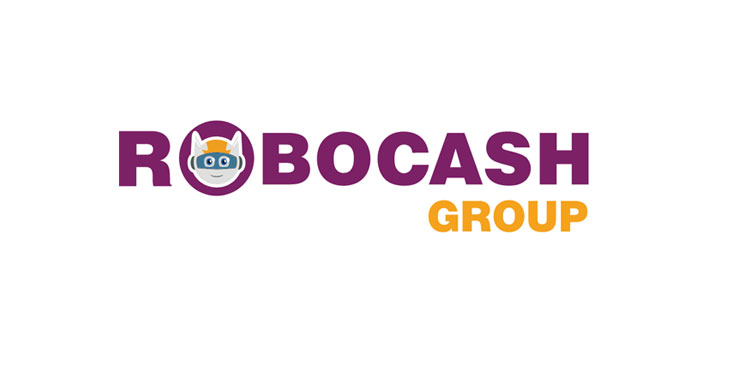Studying the impact of online consumer lending on the happiness of the population in Asia Pacific (APAC), analysts of Robocash Group found a strong direct correlation between them. In other words, happier countries see higher popularity of online loans. At the same time, access to online lending helps people feel happier.
To show the impact of online consumer lending on the happiness of the population across the world and Asia Pacific, in particular, analysts of the company compared the data of the World Happiness Report by the Earth Institute with the number of search queries “loan” and “online loan” according to Google Ads. The significance of the relationship ranges from -1 to 1, where “-1” means strong negative linear correlation, “1” – strong positive linear correlation, “0” – no correlation.
General correlation of consumer credit to GDP to the happiness ranking globally shows that a higher level of happiness in a country results in the more widespread consumer lending. At the same time, an overview of countries in APAC has revealed an average direct relationship – 0.502. As a rule, markets ranked high in terms of happiness have stable economies and high incomes among the population. It unfolds the positive effect of lending in full, and the credit load does not make people less happy. Meanwhile, developing markets see a lower share of bank consumer loans that are less significant for local people. Then, the heterogeneity of the economic development, geography and social factors in APAC plays its role too. As a result, the relationship between happiness and the volume of consumer loans in the region bears an exponential character.
However, the lower usage of consumer loans does not mean low demand for credit in Asia at all. This is mostly due to the significant share of the unbanked and underbanked as well as informal employment. For instance, in 2019, the latter amounted to 30% in Europe, while Indonesia had 75%. Altogether it draws the population to non-bank lending. Thus, 40% of adult Filipinos borrowed from relatives and friends in 2017, while only 10.7% applied to financial institutions or used credit cards. At the same time, online solutions are rapidly expanding driven by the geographical specifics and the digital adoption, but the market often stays out of the official statistics.
Moreover, an analysis of the interest for online loans across APAC reveals a strong direct correlation (0.6) between the happiness level and the number of search queries per 1,000 people. Indonesia and Vietnam stand out with the popularity of online financing tools amid insufficient banking inclusion. Another example is India, which is 10th from the bottom in the happiness ranking. At the same time, the number of queries there is 5.3 that is close to the result in Japan and exceeds the regional trend. The reason is state initiatives, such as AADHAAR, empowering the unbanked population to access online financing more freely.
Overall, there is a strong direct correlation, which suggests that happier countries in APAC observe higher demand for online loans. And the other way round, online loans help the local population feel happier. Partially taking on the tasks usually performed by traditional bank loans, online lending helps people afford things inaccessible under normal conditions. Sure, it mostly goes about small amounts common for the industry that keep the negative impact of credit burden rather low.

















